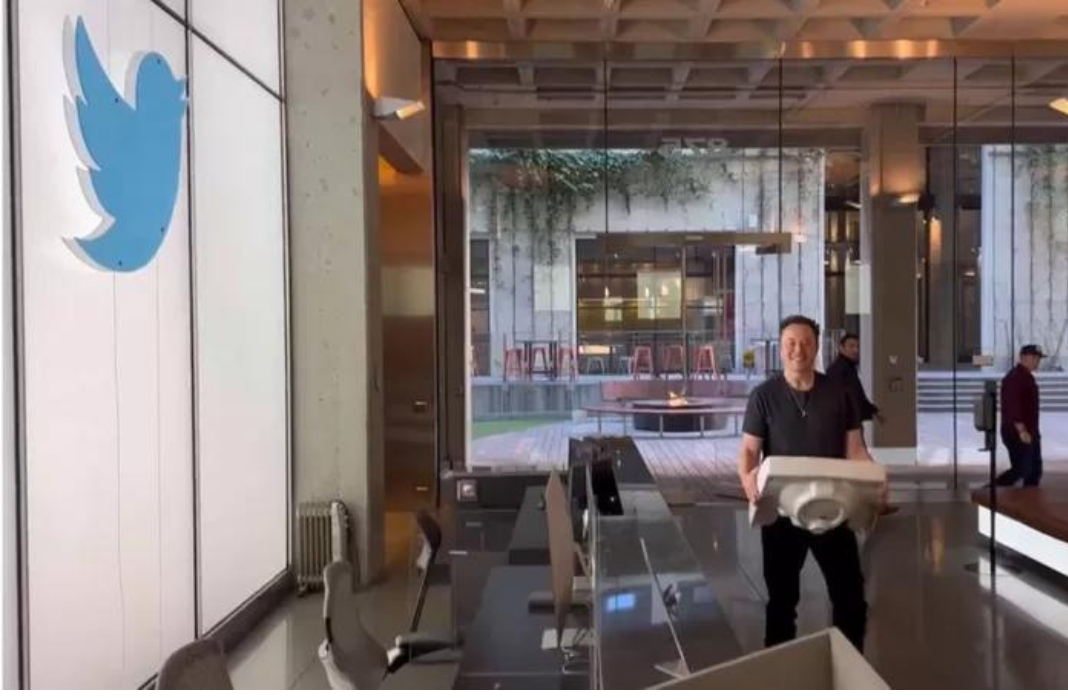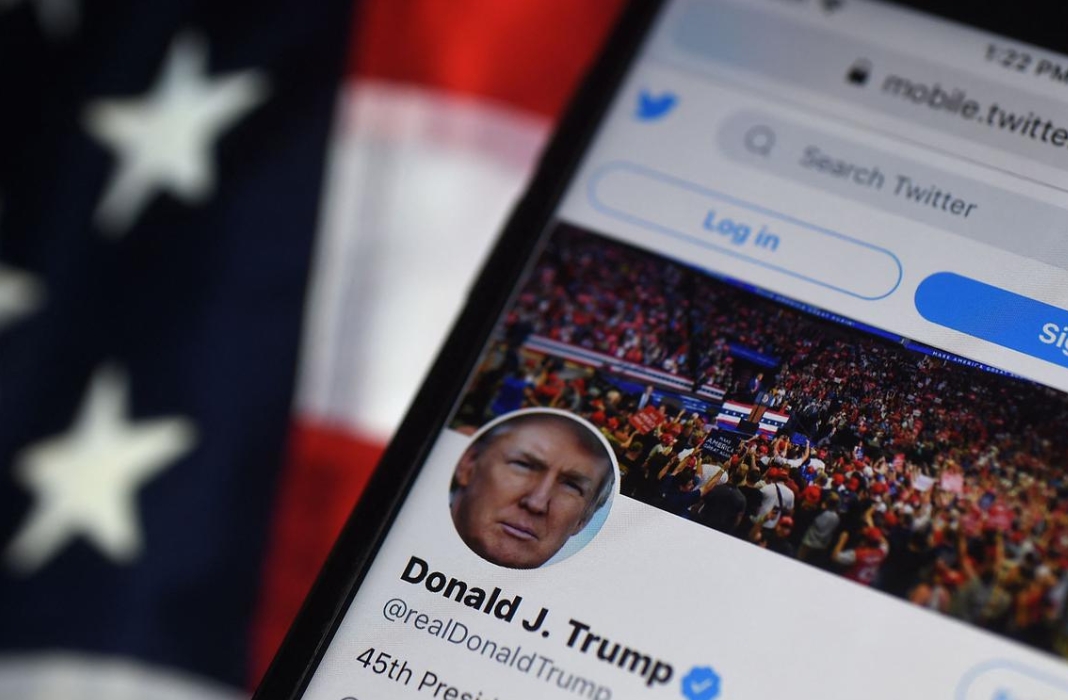Twitter‘s acquisition by controversial entrepreneur Elon Musk has been one of the most important news stories of the year. Technology and general media have echoed the series of chaotic events in which the social media platform has been engulfed since Musk took it over on October 27th.
Since that day, everything has happened: changes in the social media’s policy, layoffs, office closures, the return of Donald Trump, the mass resignation of hundreds of employees, the stampede of advertisers and, what is worse, users having to pay for things that used to be free.
Summarizing everything that has happened in just one month is complicated, so let’s do it in chronological and condensed order to get a more accurate idea of the current state of Twitter with Elon Musk at the helm.

October 27 – Elon Musk walks into Twitter headquarters with a sink
After paying $44 billion mere hours before the deadline, Musk took over the platform. The first thing he did, besides entering the headquarters with a sink in his hands, was to kick out the entire board of directors. Among them was the CEO, Parag Agrawal.
October 31 – Paying to be verified
After firing the entire executive leadership of the company, Musk began with his monetization plans that go beyond advertising. Before his arrival, the social media verified the accounts of potentially relevant users, such as politicians or journalists.

Elon Musk aims to allow anyone who pays a monthly subscription to be verified and have the blue check. The problem is that the system is getting a bit bottlenecked for him and, as of today, they are still not implementing it securely, as they are having serious problems with rampant impersonation of high-profile accounts.
November 4 – Unannounced mass layoffs
As soon as Musk took over the platform, he said he intended to get rid of 75% its workforce (about 5,600 employees out of the 7,000 that made up the staff before his arrival).
Musk already hinted a few months earlier on Twitter that there would be job cuts because expenses exceeded the revenues. What he did not say was that employees would be “notified” of their layoffs by email or blocking their corporate email.
Has it already started? Happy layoff eve! pic.twitter.com/0AcaQjGJvm
— Rumman is now on Mastodon (@ruchowdh) November 4, 2022
Advertisers also began to leave the platform, some because they disagreed with Musk’s ethics and others because of the Twitter Blue paid subscription issue.
November 18 – #RipTwitter
At least 50% of the staff resigned after receiving an ultimatum from Musk the day before. He demanded that workers agree to work long, “high-intensity” hours. Otherwise, they were invited to leave with three months’ severance pay.
Due to the stampede of workers, Musk was forced to close the platform’s offices to avoid “sabotage”. Among the workers who left, there were all kinds of people, including engineers who ensured the security and proper functioning of the social media.
— Elon Musk (@elonmusk) November 18, 2022
After the resignations, chaos ensued. The hashtags #RIPTwitter, #TwitterDown, Mastodon and Myspace were trending on the platform. Many users were (and are) betting that the social media would not be able to keep up, which benefited alternatives such as Mastodon.
While all this was going on, what was Musk doing? Well, he posted mocking memes and pointed out that the number of Twitter users is now at an “all-time high”.
November 20 – Trump returns to Twitter
In January 2021, former President Donald Trump’s account was suspended after the assaults on the Capitol. Management considered that he had promoted such acts with inflammatory tweets.

Musk asked (via user poll) whether Trump should be allowed to return to the platform. 51.8% (out of 15 million voters) voted for Trump to return to Twitter, and Musk said, “The people have spoken. Trump will be reinstated. Vox Populi, Vox Dei.” And so, it has been.
November 25 – General amnesty on Twitter
Musk continues with democracy and the polls. On Nov. 25, he asked whether Twitter should offer a general amnesty to accounts that were suspended (as long as they had not broken the law or engaged in egregious spam).
As with Trump, 72.4% of the 3.16 million participants (less than 1% of the social media’s users and less than 3% of Musk’s followers) voted in favor. The Tesla owner has announced that the amnesty “begins next week”.












